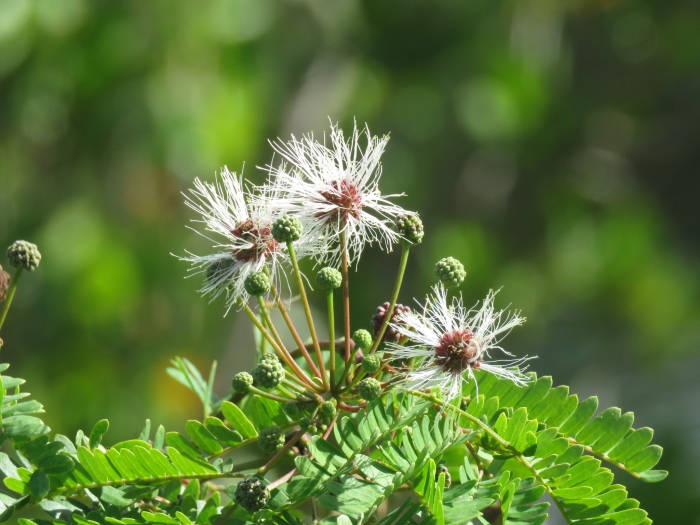False Tamarind
(Lysiloma latisiliquum)
False Tamarind (Lysiloma latisiliquum)
/
/

Juan Carlos Caicedo Hernández
CC BY 4.0
Image By:
Juan Carlos Caicedo Hernández
Recorded By:
Copyright:
CC BY 4.0
Copyright Notice:
Photo by: Juan Carlos Caicedo Hernández | License Type: CC BY 4.0 | License URL: http://creativecommons.org/licenses/by/4.0/ | Rights Holder: Juan Carlos Caicedo Hernández | Publisher: iNaturalist | Date Created: 2021-06-04T09:02:06-07:00 |































Estimated Native Range
Summary
Lysiloma latisiliquum, commonly known as False Tamarind or Wild Tamarind, is a deciduous to semi-evergreen tree native to coastal hammocks, pine rocklands, and other dry, well-drained sites in southern Florida, the Bahamas, Cuba, southern Mexico, and Belize. It typically grows to a height of 30-40 feet (9-12 meters) with a similar spread, featuring a rounded canopy of fine, feathery foliage. The leaves are bipinnate, adding a soft, fern-like texture to the landscape. From late spring to early summer, it produces showy clusters of creamy-white, puffball-like flowers, followed by long, curled, brown seed pods that persist into winter.
False Tamarind is valued for its drought tolerance and adaptability to various soil types, making it an excellent choice for xeriscaping and urban environments where conditions can be challenging. It is also used as a shade tree, for street planting, and as an ornamental due to its attractive foliage and flowers. This species prefers full sun but can tolerate part shade, and while it is drought-tolerant once established, it benefits from occasional watering during prolonged dry spells. It is not commonly afflicted by serious pests or diseases, but root rot can occur in poorly drained soils.CC BY-SA 4.0
False Tamarind is valued for its drought tolerance and adaptability to various soil types, making it an excellent choice for xeriscaping and urban environments where conditions can be challenging. It is also used as a shade tree, for street planting, and as an ornamental due to its attractive foliage and flowers. This species prefers full sun but can tolerate part shade, and while it is drought-tolerant once established, it benefits from occasional watering during prolonged dry spells. It is not commonly afflicted by serious pests or diseases, but root rot can occur in poorly drained soils.CC BY-SA 4.0
Plant Description
- Plant Type: Tree
- Height: 40-60 feet
- Width: 20-30 feet
- Growth Rate: Moderate
- Flower Color: N/A
- Flowering Season: Spring, Summer
- Leaf Retention: Deciduous
Growth Requirements
- Sun: Full Sun
- Water: Medium, Low
- Drainage: Medium, Fast
Common Uses
Low Maintenance
Natural Habitat
Coastal hammocks, pine rocklands, and other dry, well-drained sites
Other Names
Common Names: Wild Tamarind, Tsalam, Wild Tamarind, Candelón, Adormido Blanco
Scientific Names: , Lysiloma latisiliquum, Acacia formosa, Lysiloma bahamensis, Mimosa latisiliqua, Lysiloma bahamense, Lysiloma latisiliqua, Leucaena latisiliqua, Lysiloma latisiliquum subsp. latisiliquum, Acacia latisiliqua
GBIF Accepted Name: Lysiloma latisiliquum (L.) Benth.